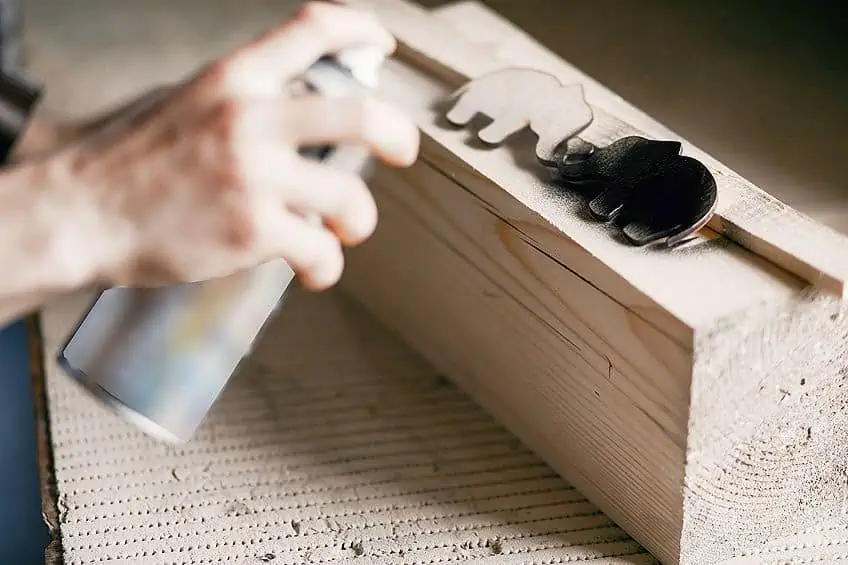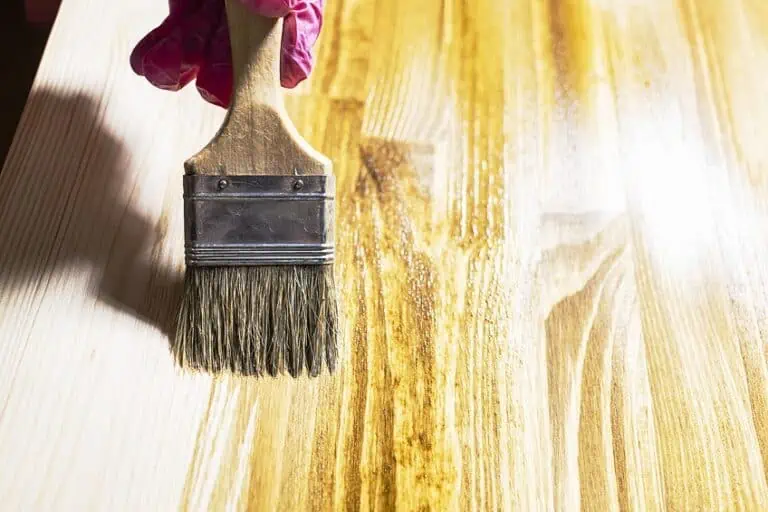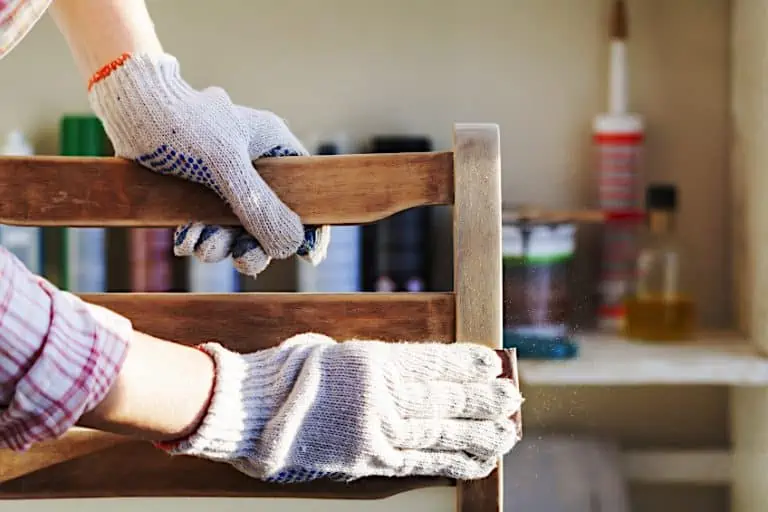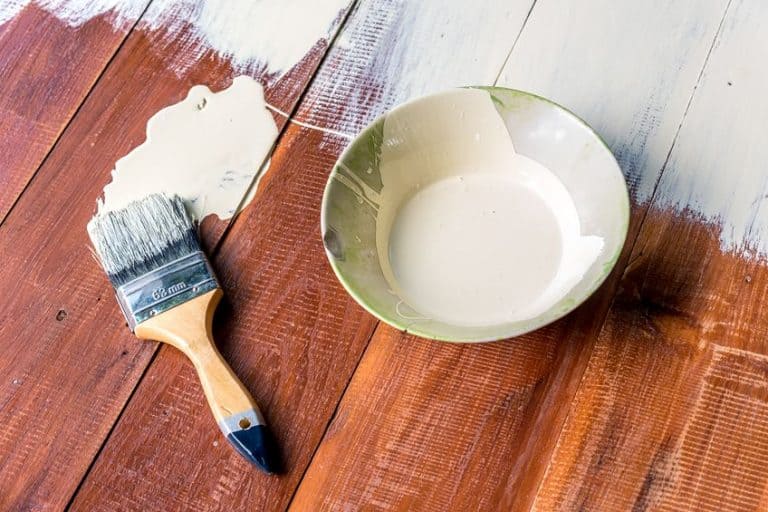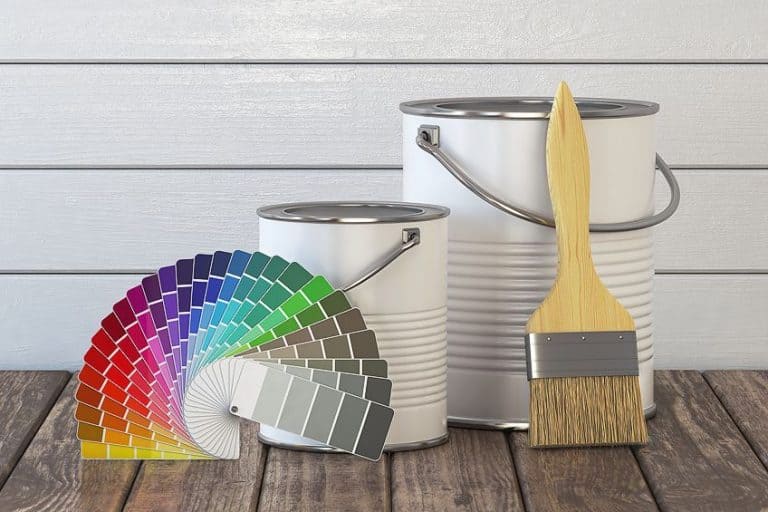How to Spray Paint Wood – Achieve Perfect Results
Nothing invigorates old and worn pieces of wooden furniture more than a fresh coat of paint. If you have an old piece in your garage, or, perhaps you have eyed something at the second-hand store, you can bring new life to it very easily with some paint! However, the traditional methods of applying paint with brushes and buckets can be both messy and time-consuming. This article will assist you in choosing the best spray paint for wood and will guide you on how to spray paint wood the right way the first time!
Where Did Spray Paint Come From?
The origins of spray paint technology can be traced back to Norway in 1931 when Norwegian engineer Eric Rotheim invented the first aerosol paint. The technology was expanded on further by Edward Seymore in 1949, where it was originally designed as a time-saving method of painting radiators. Simultaneously, Krylon and Crown Inc. were also manufacturing metallic canisters that functioned in a very similar manner to the techniques incorporated today.
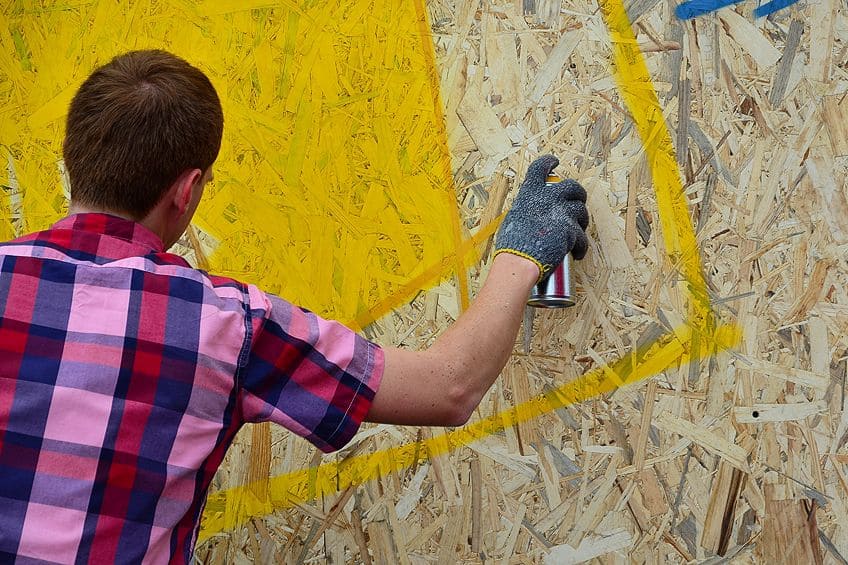
Wood spray paint is also referred to as aerosol paint and is most commonly sold in highly pressurized cans made of aluminum. Exerting pressure to the nozzle opens a valve at the top of the can, forcing a steady yet fine stream of paint through the nozzle. This results in large surface areas being covered in several layers of paint to any area smoothly and quickly. Learning how to spray paint furniture is not too difficult once one has gained a certain degree of control over the wood spray paint canister. It simply takes some practice and, before you know it, it will be second nature and you will be performing masterful and seamless spray painting techniques.
Spray paint for wood furniture has the added benefit of being oil-based, which results in a more durable finish than water-based paints. This is especially advantageous for outdoor furniture which is exposed to the harsher elements of nature.
There is also less need for touching up mistakes as the chance of accidentally adding unwanted brushstrokes is completely hindered because the can itself is the tool and no brushes are involved in the process. This results in an effective and clean job without much need for tidying up after and the medium has the advantage of having a seemingly limitless range of colors and finishes to choose from.
How to Spray Paint Wood
We have already covered the necessary steps of how to find the best primer and best spray paint for wood, and we are nearly ready to start the process of learning how to spray paint wood, but we will need a few more tools and supplies in preparation before we can start. The best-finished product will be achieved by going through the tutorial that follows, and not rushing your way through with the wrong tools. Wood Spray paint fumes can be dangerous and a health hazard, so always make sure to practice the necessary safety precautions when busy with your project!
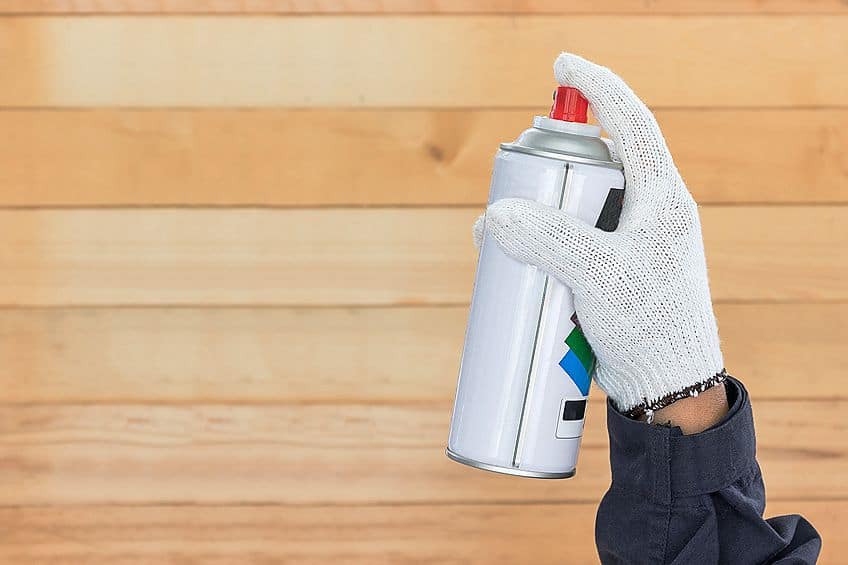
In order to safely apply spray paint to any wooden surface, there are several pieces of equipment that you need. Here is a brief list of the tools that will make your life much easier when spray painting wood:
- Gloves and a respirator mask
- TSP soap
- spray paint and primer
- Tack cloth and masking tape
- Tools for disassembly
Step One: Disassembly
For this step, you will need hex keys and a few screwdrivers. It is very difficult and time-consuming to try and spray paint furniture if it is still assembled, the tight corners and various fittings will either get in the way or get painted on.
The more you can remove any doorknobs or fittings, the easier the job will be when it comes to spraying evenly and neatly.
Step Two: Surface Cleaning
The second step is preparing the wood for paint by removing any dirt or grime from the previous coat of old paint or varnish with TSP soap. This will help increase the adhesion to the surface. Make sure to use gloves for this part as TSP soap can be very abrasive to the skin. This part can be skipped if using raw wood that has not been painted or treated yet.
Step Three: Sanding the Surface Area
Your project will require a good surface profile in order to hold your paint, so sanding is the next step that will help smooth out irregularities on the surface and increase adhesion for the paint. Once the sanding is done, you might discover a few gouges that might be too deep for the paint to smoothly cover up. These can be filled with wood filler first. An orbital sander is also an option but should not be overused.
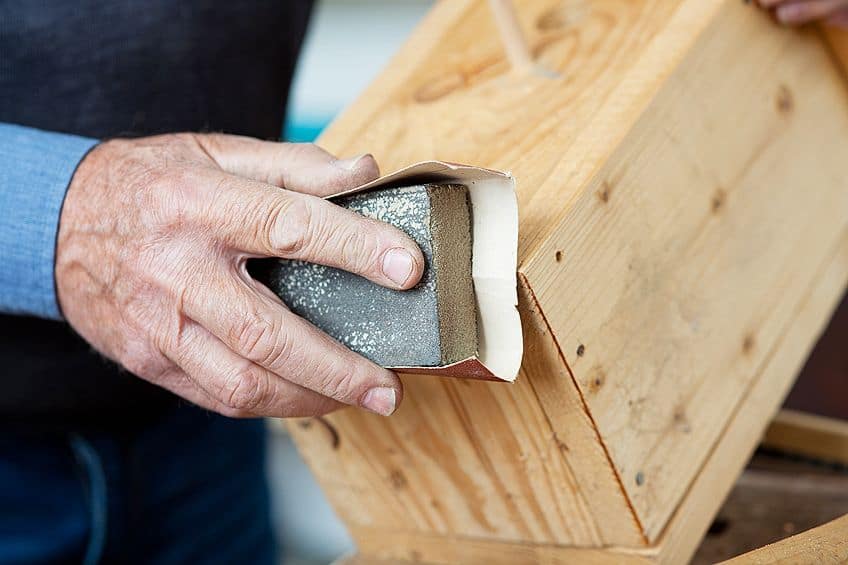
Ideally, you want to smooth out the irregularities while also slightly roughing the surface up to make the bond between the surface and the paint stronger. Make sure to use your dust mask during this step to prevent the inhalation of dust particles caused by the friction of sanding. It is best to sand in the direction of the wood grain. Mask use is especially important when dealing with antique furniture, which can sometimes lead to potentially unhealthy circumstances as many older paints contain lead.
Step Four: Removing Dust and Applying Mask Tape
Once we have finished sanding, we will need to remove any remaining dust. This can be done with either a tack cloth or any lint-free cloth to remove particles from the sanded wood surface. One can also use a vacuum cleaner for this task. Next, we will secure the areas that we don’t want any paint on, by covering the areas with painter’s tape. Spray paint is liquid and does spread, so, make sure to seal surfaces properly by applying pressure firmly to the tape before you start spraying.
Step Five: Spraying on the Layer of Primer
Depending on which color spray paint you plan to use will determine the correct primer to apply first. If your paint is dark then it is best to use a grey primer. If the spray paint is light, then it would be better to opt for a white primer. To ensure that the paint is mixed properly, always shake the can for approximately sixty seconds before use. It is always advised to spray in an open and well-ventilated area as inhaling fumes can have potentially harmful effects that should be avoided as much as possible. Hold the can about eight inches from your project while spraying on your primer.
The best method used to avoid dripping and to create a smooth and light coat is to spray with a long sweeping motion. It will take about an hour for the primer to properly dry after which if necessary, you might need to sand down any small imperfections left behind.
Step Six: Applying the Spray Paint
The same principles as we used in the priming step can be applied in this one. Once again we use sweeping motions and hold the can about eight inches when we spray paint wood and other surfaces. Some find it easier to maintain control by applying enough pressure to the can to release small streams of paint instead of larger ones. This technique helps maintain a smooth finish and also leads to less wastage of paint. When working with larger surface areas, it is recommended to shake the can at regular intervals to make sure that it is still mixed properly and spreading evenly over the surface you are working on.
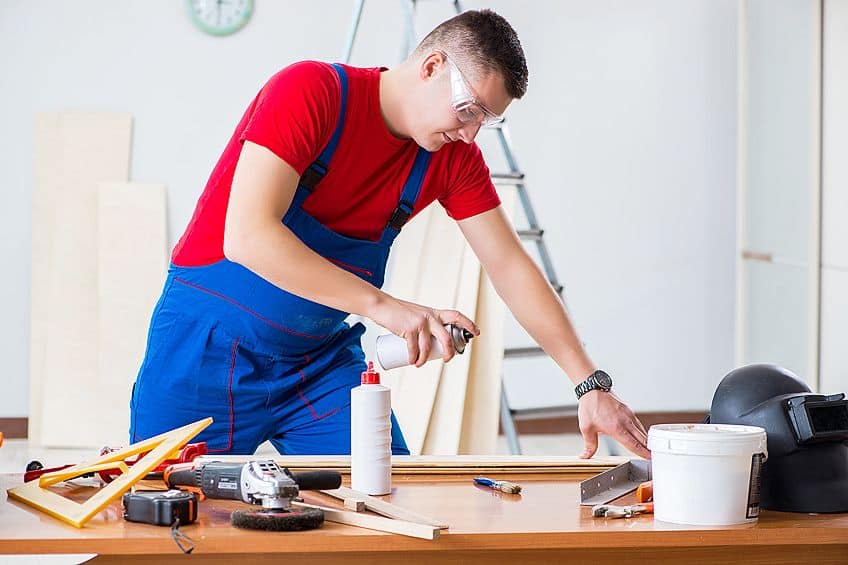
Before adding any more coats, let the initial one dry out properly first. The time it takes to dry may vary from product to product so make sure to read the instructions individually to make sure you apply the correct waiting time between coats. The weather on the day might also substantially contribute to fluctuations in drying time.
Step Seven: Reassembly
Before attempting to reassemble your spray paint furniture, it is highly recommended that you let the coats of paint dry thoroughly first. The dangers of removing the tape before it has dried properly, are that pieces of paint can accidentally be stripped off along with the tape, or chipped off while re-attaching knob handles and door hinges, etc. Curing times for paint differ from brand to brand, so it is always advised to check the packaging for more specific drying times. In general, a period of 24 hours should be sufficient time in which to dry properly before reassembly.
The last step is to stand back and take pride in your finished craftsmanship!
Helpful Tips and Tricks
To help you with spray painting your wood surfaces, we have some great tips and tricks. Whether it is making sure that your wood is prepared, your primer is sealed, or your coat of spray paint is even, there are many different aspects to consider when painting.
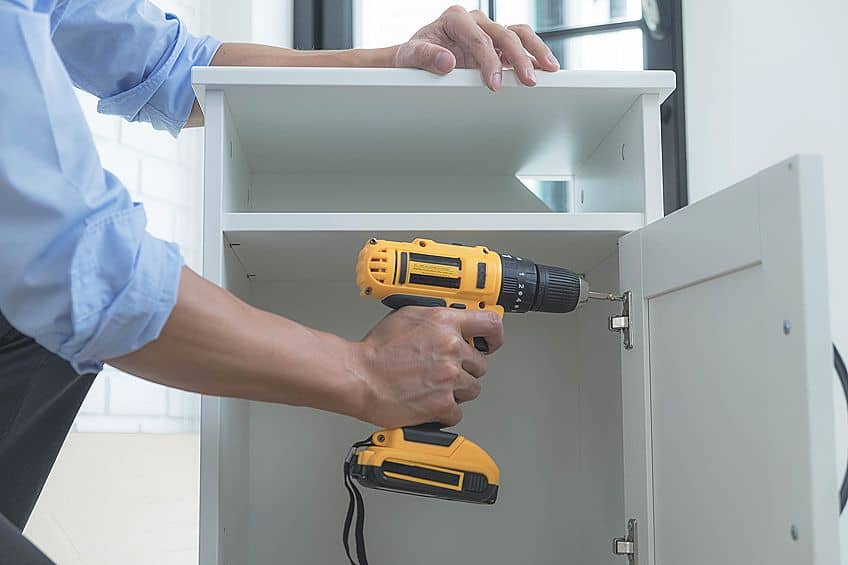
A simple method for testing whether your primer has dried enough to achieve a decent bonding state is to take your fingernail and see if you are able to scrape the surface off. If the primer still comes off easily then it is not yet ready and could be caused by another issue such as excessive moisture or even existing oil in the wood. These factors could all contribute to affecting the adhesion by not allowing the surface to dry properly. Aluminum wood primer is the best product to use before attempting to paint on wood with a high oil content or is particularly resinous. These types of surfaces make it harder for normal paints to find decent adhesion.
It is highly important to consider the ventilation of your space at all times.
If you are in a situation where you are not able to work outdoors or in a large ventilated warehouse or studio space, but rather in a small domestic environment, then it is a good idea to take steps to protect your furniture and floors, carpeting, and walls. You can avoid overspray on these objects by laying down newspaper and tape over surfaces, as well as making use of a mobile drop cloth to protect your walls during your spraying session.
When you spray paint wood, it is always recommended to use short strokes instead of large strokes as this significantly helps improve control and flow, saving you hard-earned cash and paint supplies. To prevent coats of paint from getting wrinkled or scrunching on the surface, it is recommended to rather apply each coat lightly and let it dry before adding more layers.
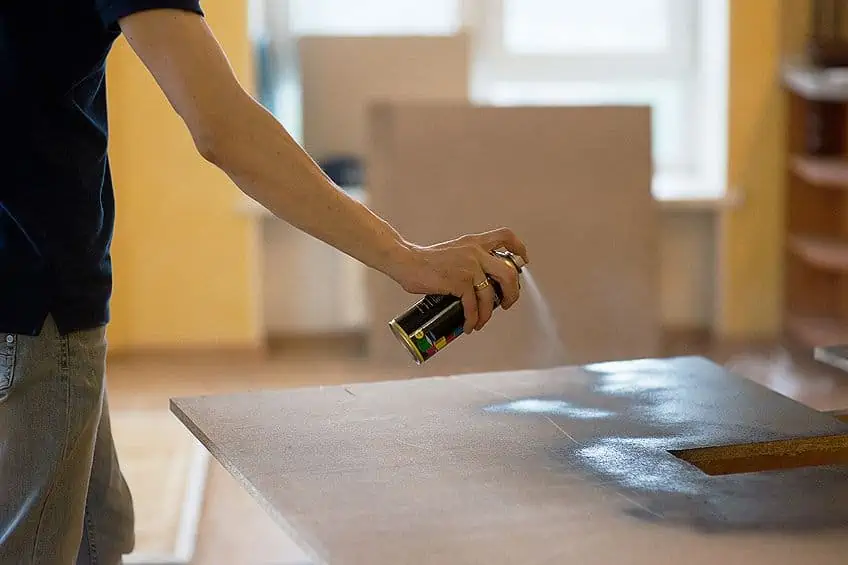
Another trick that will help in enhancing your pieces is to lightly sand between adding every coat. This will help achieve a smoother finish, but this is dependent on whether the various layers have been left to dry long enough, so always read through the instructions to make sure you are doing so. Paint thinners can be used to unblock nozzles of cans when they no longer spray evenly. Simply pop off the nozzle and soak for about 20 minutes. This will give it enough time to dissolve the pint causing the blockage.
Why Priming Is Important Before you Spray Paint Furniture
It is perhaps the simplicity of spray painting that draws the interest of so many people when it comes to renovating old pieces of furniture. However, as tempting as it is to just go ahead and spray paint furniture directly, it is always advisable to first use a high-quality wood primer as an undercoat before applying spray paint. This thin layer offers some protection to the wood from the applied layer of wood spray paint, as well as ensuring the needed amount of cohesion. This will result in your end product being more durable against wear and tear. Even this stage is not a messy affair though, as a primer is also handily available in spray canisters.
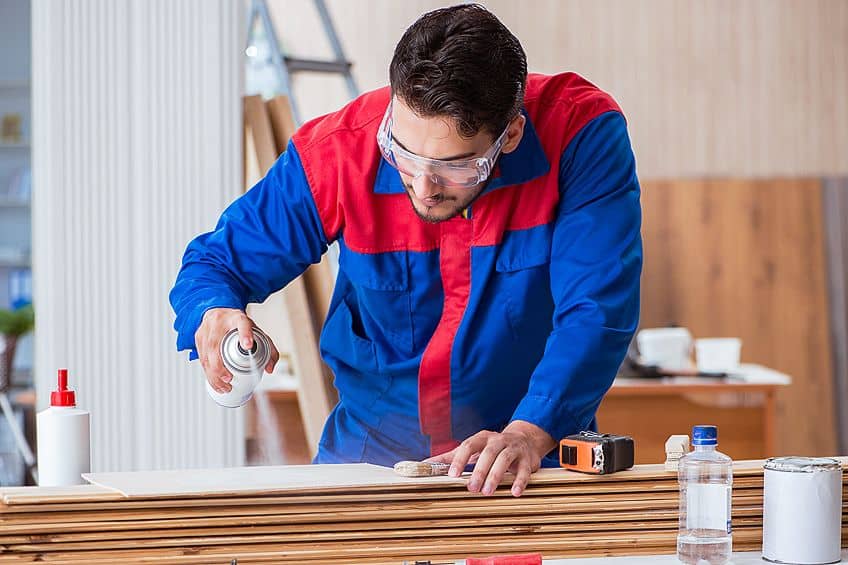
Once the initial step of choosing a primer has been decided on, the next step is to choose the best spray paint for wood furniture. Can you spray paint wood? If not, our tutorial on how to spray paint wood will serve as your efficient guide in helping you understand the fundamentals of the process and the best methods of applying the process once you have chosen the correct products for the job.
What Is the Best Spray Paint to Buy?
For an optimum outcome, it is essential to choose the right products before beginning the task. You should not only consider which product offers the best quality but also which product is best suited for the job at hand.
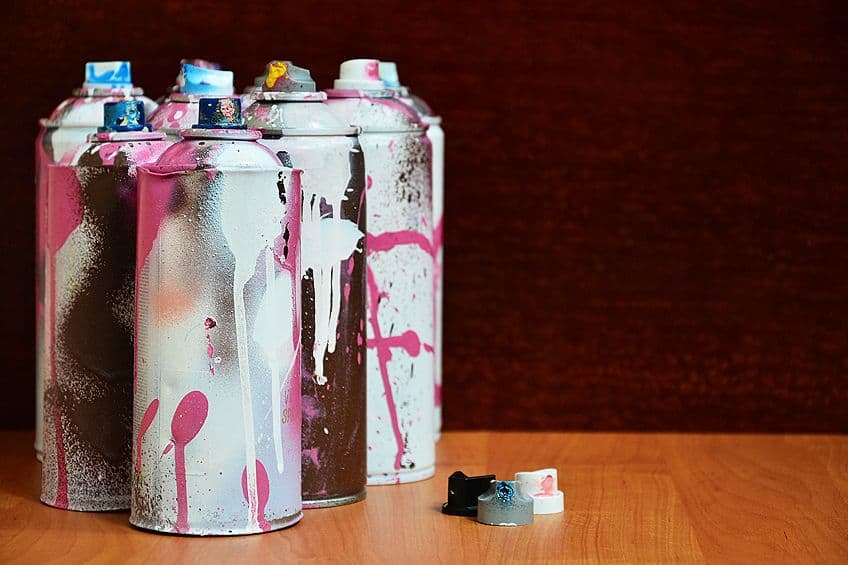
Spray painting is a wonderful way to bring new life to a piece of wooden furniture. With this guide, you have everything that you need to know to buy the best spray paint and to get the most out of it. Good luck and happy painting!
View our Can You Spray Paint Wood web story here.
Frequently Asked Questions
Which Spray Paint for Wood Furniture Is Best for an Ultra-Slick Look?
In order to achieve the look of furniture found in a store, you would need to invest in some further equipment such as an air compressor and spraying guns. However, if you layer multiple coats successively while allowing them to dry between coats, you can achieve something remarkably similar with just a can and a steady hand.
Can You Spray Paint Wood That Has Been Varnished?
Yes, this is easily done as long as you have followed the steps necessary to prepare varnished wood for a coat of spray paint. You can achieve a decent bonding surface by sanding down the wood first and using an oil-based primer and spray paint.
How Do I Prevent Drips on the Surface While Spraying?
Thicker coats of paint always lead to problems such as dripping. Less is more when it comes to applying coats. You can always add another coat later. So rather do one thin but clean coat at a time, and allow it to dry as per the product’s specified time.

I have been into woodworking since 2005 and woodturning since 2011. Because of my love for wood and woodworking, I started woodhappen.com to teach other enthusiasts about how to finish and seal wood, the best woodworking tools, the different types of wood, and everything else related to woodworking! Read more about me here.

